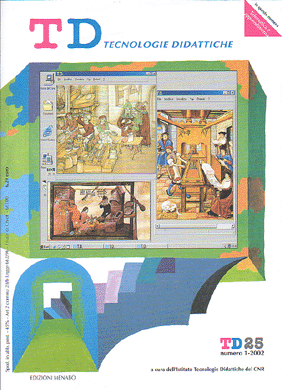The use of educational technology in learning foreign languages
Main Article Content
Abstract
Reflections on the relationship between Educational Technology and learning of foreign languages, highlighting the need to revise and rethink the role of TD in language teaching.
Article Details
Section
Column "Opinion pieces"
Authors who publish with this journal agree to the following terms:
- Authors retain copyright and grant the journal right of first publication with the work simultaneously licensed under a Creative Commons CC BY 4.0 Attribution 4.0 International License.
- Authors are able to enter into separate, additional contractual arrangements for the non-exclusive distribution of the journal's published version of the work (e.g., post it to an institutional repository or publish it in a book), with an acknowledgement of its initial publication in this journal.
- Authors are permitted and encouraged to post their work online (e.g., in institutional repositories or on their website) prior to and during the submission process, as it can lead to productive exchanges, as well as earlier and greater citation of published work (See The Effect of Open Access)
References
Austin J., (1972), Quando dire è fare, tr. dall’inglese How to do things with words, Marietti, Torino.
Cangià C., (1998), L’altra glottodidattica, Giunti, Firenze.
Cangià C., (2001),Teoria e pratica della comunicazione multimediale, Editoriale Tuttoscuola, Roma.
Grice H. P., (1975), “Logic and conversation”, in P. Cole – L. Morgan (Edd.). Speech Acts, syntax and semantics, vol. 3, Academic Press, New York.
Searle J., (1976), Atti linguistici, tr. dall’inglese Speech acts, an essay in the philosophy of language, Boringhieri, Torino

